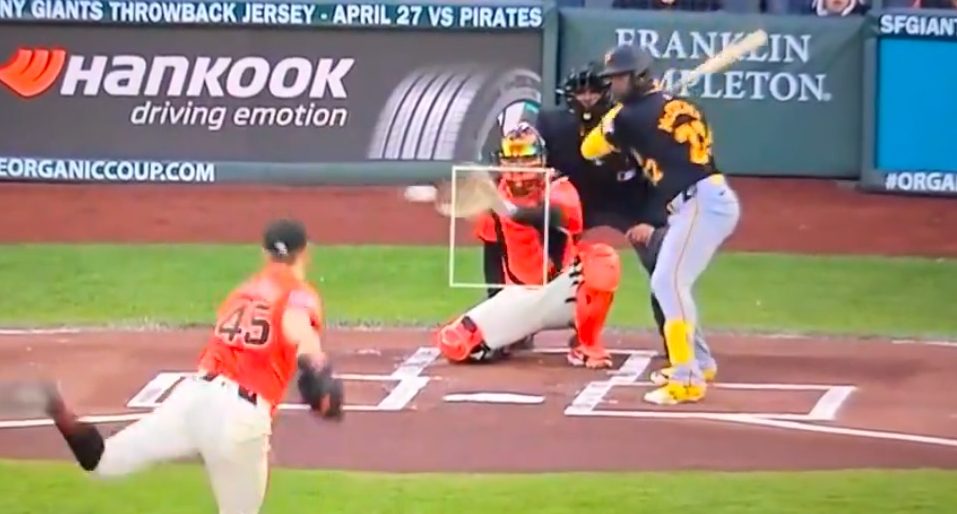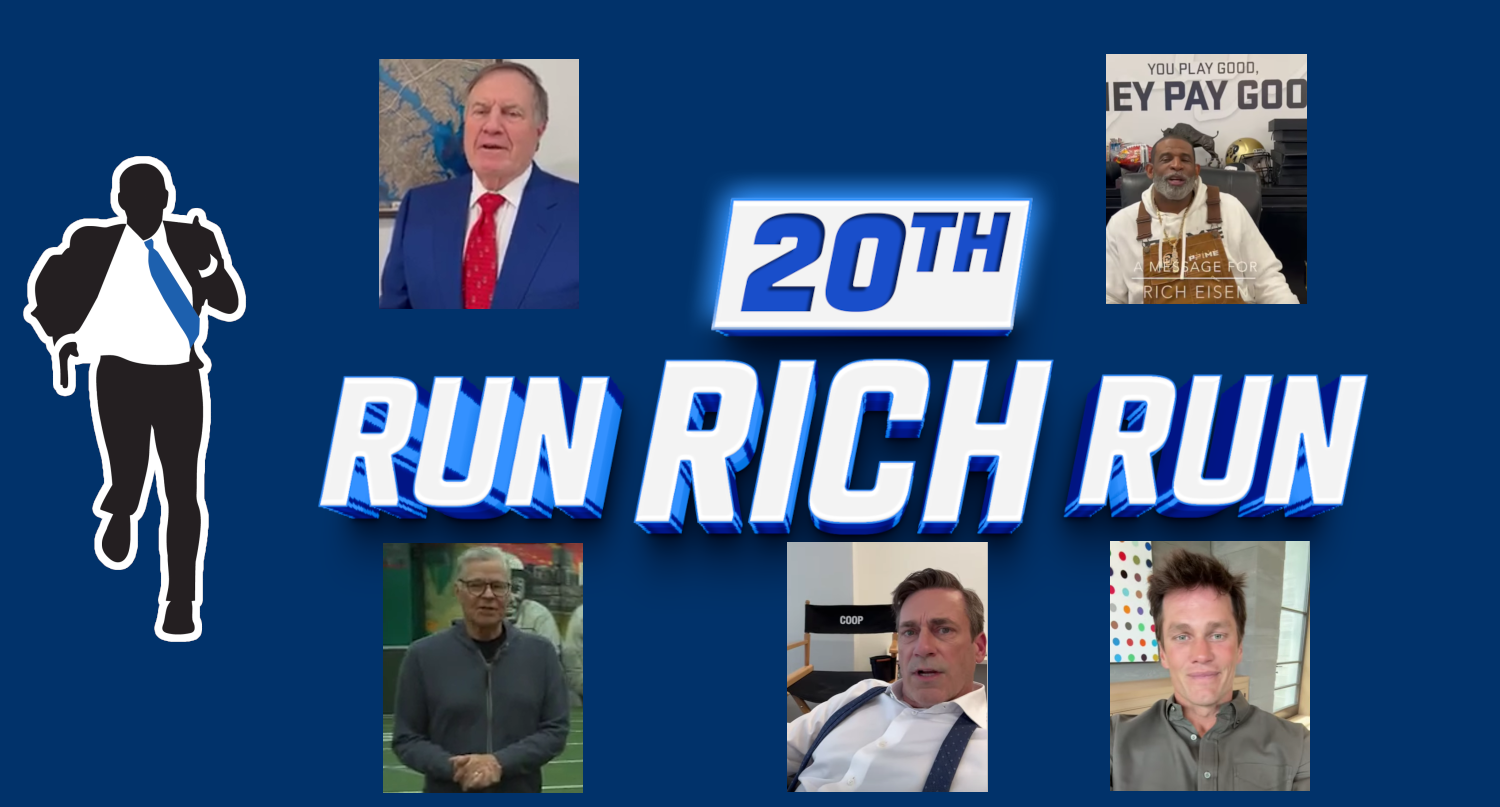The Ryder Cup is one of the biggest events on the golfing calendar. It’s that unique tournament that isn’t for individual glory or money, but solely for pride and bragging rights between the USA and Europe. The importance of the event has certainly grown over the years and taken on a life of its own.
Rory McIlroy in his younger days once called it an “exhibition” and “not that important of an event. Now he reveres the Ryder Cup and says, “It’s the purest competition in golf. For me, it doesn’t get any better than that.”
Brooks Koepka is the only LIV player represented this week at Marco Simeone in Italy for the 2023 edition. Koepka is famous for only really caring about the majors. He admitted this week, “Other than the Ryder Cup, the most pressure you could feel is in a major.”
Given the stakes, the importance, and the pressure of the Ryder Cup, it’s hard to envision a time when it was seen as an afterthought in the sports world and on the golfing calendar.
Golf.com has a fascinating feature from James Colgan on the history of how the tournament came to prominence through its television relationship with NBC. Before NBC got on board, the Ryder Cup had not been aired live on television. But after losing a major MLB Saturday Afternoon package to CBS (which ended up losing over $100 million), NBC Sports President Dick Ebersol instructed future successor Jon Miller to get more live sports rights. Miller was the one who was immediately drawn to the Ryder Cup.
Miller quickly circled in on the Ryder Cup, a golf property without a television partner that happened to have all the elements of blockbuster TV. There was just one problem: it wasn’t very competitive. Three straight Cups had gone by since the last American victory, with the stars and stripes getting waxed in ’85 at The Belfry, losing narrowly in ’87 at Muirfield Village, and tying in ’89, again at The Belfry.
Still, the options were limited, and some members of the European team, Seve Ballesteros chief among them, seemed like ideal characters for TV. So Miller pitched Ebersol, and was delighted to find the EP on board.
“Nobody had ever aired the Ryder Cup live and given it the attention it deserved,” Miller remembers. “That was appealing.”
NBC’s hopes for making money on the 1991 Ryder Cup were hanging in the balance though due to the Gulf War as two major sponsors who would present the tournament (ala The Masters) pulled out. Skepticism abounded that the event could draw an audience with one golfing sponsor even telling NBC, “Nobody cares about the Ryder Cup; nobody’s gonna watch fourth-quarter golf.”
Of course, the 1991 Ryder Cup happened and the rest, as they say, is history. That event has gone down in history as “The War by the Shore” at Kiawah Island in South Carolina. The USA won the trophy when Bernhard Langer missed a putt that would have retained the cup on the last hole of the last match. Since then, the USA-Europe rivalry and the importance of the Ryder Cup have exponentially grown.
While it’s true that the Ryder Cup takes place in a crowded time in the sporting calendar in the middle of the football season and a month after the PGA Tour season has concluded and well past the majors, it has that same elevated position on the sports calendar. And we all have MLB’s move to CBS in the 1980s to thank for it.
[Golf.com]







